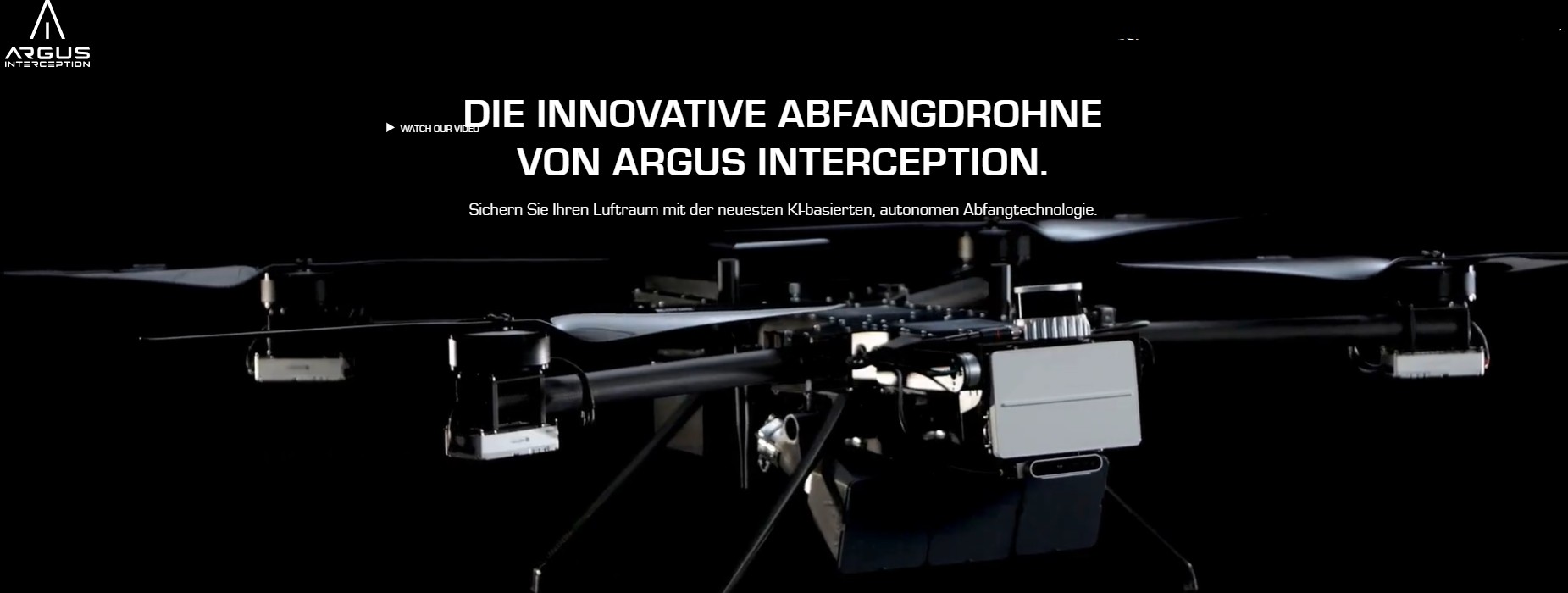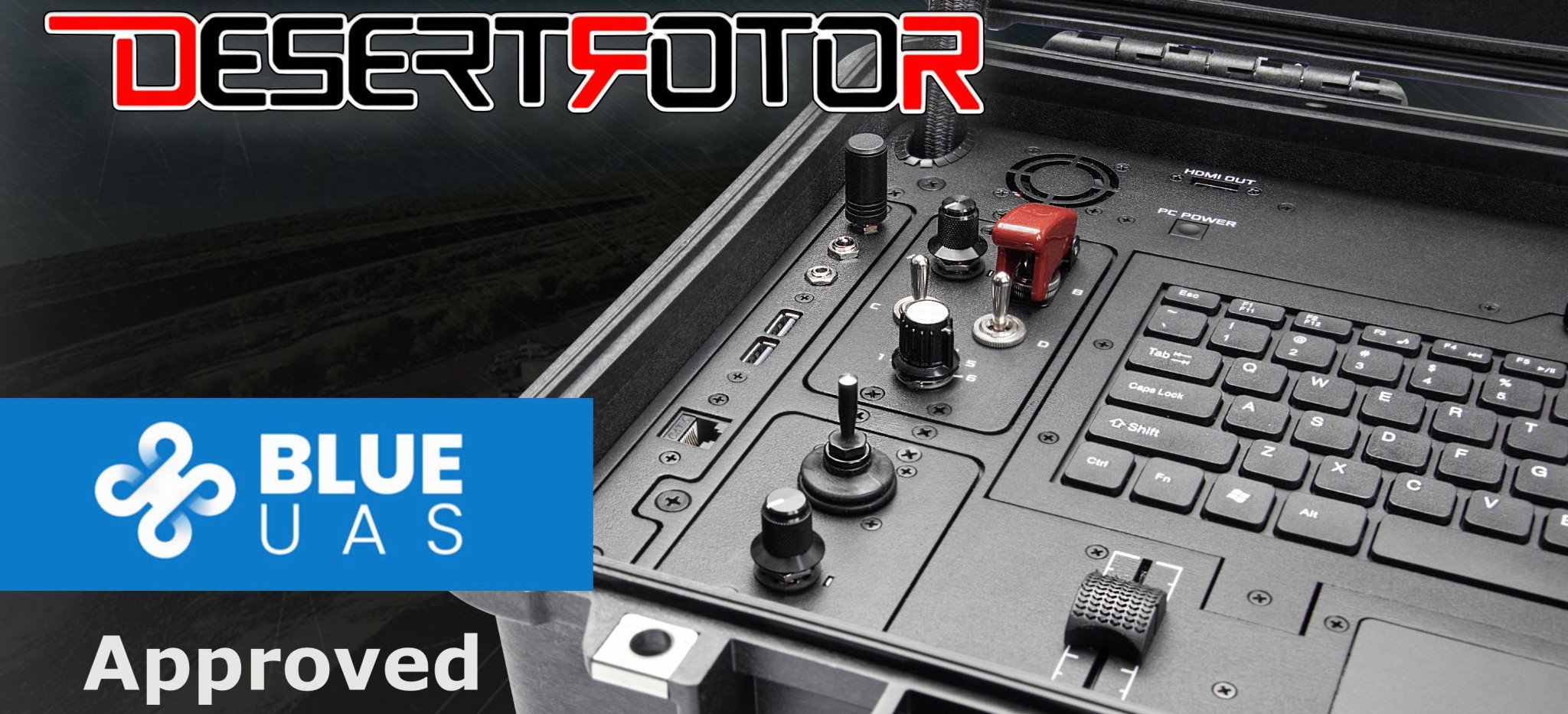Skyfish Takes Flight: Introducing the 'Osprey'—America’s Answer to Enterprise Drone Innovation
.png)
At the 2025 XPONENTIAL conference in Denver, Montana-baseddrone manufacturer Skyfish made waves by unveiling its latest innovation: the Osprey,a fully American-made enterprise drone tailored for precision infrastructureinspection and geospatial applications. With this launch, Skyfish enters theheavyweight ring of industrial UAVs, positioning Osprey as a direct competitorto global leaders like DJI, Freefly, and Quantum Systems.
From Startup to Serious Contender
Founded by a team of aerospace engineers and autonomyexperts, Skyfish has made a name for itself by developing drones optimized forsurvey-grade data capture. The company’s partnership with Sony Imaging andintegration of advanced AI navigation has earned it respect in mapping andinspection circles.
The Osprey represents Skyfish’s most ambitious project yet—aculmination of years of R&D aimed at solving the most pressing challengesin drone-based industrial inspection.
"With the Osprey, we wanted to build not just adrone—but an ecosystem," said Skyfish CEO John W. Bares during the productreveal. "It’s about precision, reliability, and data quality that clientscan trust."
Osprey at a Glance
The Osprey is packed with features designed to meet thedemanding needs of enterprise users:
- RTK/PPK-enabled for centimeter-level positioning accuracy
- Interchangeable payload system, supporting LiDAR, thermal, and RGB sensors
- High-endurance battery system with up to 60 minutes of flight time
- Secure on-board data storage for cybersecurity-sensitive missions
- Made in USA designation, appealing to government and defense contractors
These specs are meant to make Osprey particularly valuablefor infrastructure inspection, energy asset monitoring, environmentalsurveying, and precision mapping.
The U.S. Advantage
With growing concern over cybersecurity and geopoliticalrisks, many U.S. companies and government agencies are turning away fromChinese-manufactured drones. The Department of Defense has also encouraged theadoption of NDAA-compliant drones—aircraft manufactured under strict Americanregulations.
Skyfish’s Osprey, designed and assembled entirely in theU.S., meets these standards, making it an attractive option for public sectorand defense customers.
Designed for Critical Infrastructure
Skyfish focused its engineering on maximizing the drone’sstability, sensor quality, and interoperability with existing software tools.Its applications span:
- Power line inspection
- Bridge and tower analysis
- Railway and pipeline surveillance
- Wind turbine monitoring
Combined with its photogrammetry-ready camera options andreal-time AI data analytics, the Osprey reduces inspection time and improvesdata fidelity.
"What used to take three field engineers and a full daycan now be done with one drone pilot and the Osprey in under an hour,"said Bares.
A Competitive Market
Skyfish faces stiff competition in the enterprise dronespace. DJI continues to dominate with its Matrice line, while companies likePercepto and Skydio have focused on AI-driven autonomy. However, Skyfish’sdifferentiators—U.S. manufacturing, high-precision payload support, andsecurity-first architecture—carve out a niche.
"The Osprey isn’t trying to be the flashiest drone outthere," notes drone analyst Karen Li of Aerial Trends Weekly. "It’sdesigned to deliver reliable, repeatable results in high-stakesenvironments."
Building a Data-First Platform
Beyond hardware, Skyfish is investing heavily in its Skyportal software platform. This cloud-based tool enables users to:
- Upload and manage flight logs
- Generate 2D/3D orthomosaics and models
- Overlay inspection data on GIS systems
- Collaborate across engineering teams
By combining flight management with advanced analytics,Skyfish provides a complete end-to-end solution for drone-based infrastructureintelligence.
XPONENTIAL 2025: The Perfect Launchpad
The XPONENTIAL conference has become the go-to venue formajor industry announcements, and Skyfish leveraged the event not just tounveil Osprey but to demonstrate live field tests and run side-by-sidecomparisons against other drones.
Engineers from multiple industries—construction, oil &gas, utilities—got hands-on experience with Osprey’s flight controls and dataintegration tools.
"Feedback has been overwhelmingly positive," saidCMO Dana Kline. "We’re already seeing pre-orders from large engineeringfirms and several state DOTs."
The Road Ahead
Looking forward, Skyfish plans to expand Osprey’s capabilities with modular software updates and new sensor integrations.Upcoming features include:
- AI anomaly detection in thermal footage
- Augmented reality overlays for field inspections
- Integration with Autodesk and Esri platforms
Skyfish is also exploring export partnerships to bring Osprey to European and Southeast Asian markets by late 2025.
Industry Impact
The introduction of the Osprey marks a significant step forU.S.-based drone technology in regaining market share from foreign competitors.With its robust specs, compliance-ready build, and data-first ecosystem, theOsprey could reshape how critical infrastructure is maintained.
As global infrastructure continues to age and digital twininitiatives gain momentum, Skyfish may be flying into a perfect storm ofopportunity.
"This is not just a drone. It’s a platform thatredefines what we expect from aerial data," said Bares. "And we’rejust getting started."



